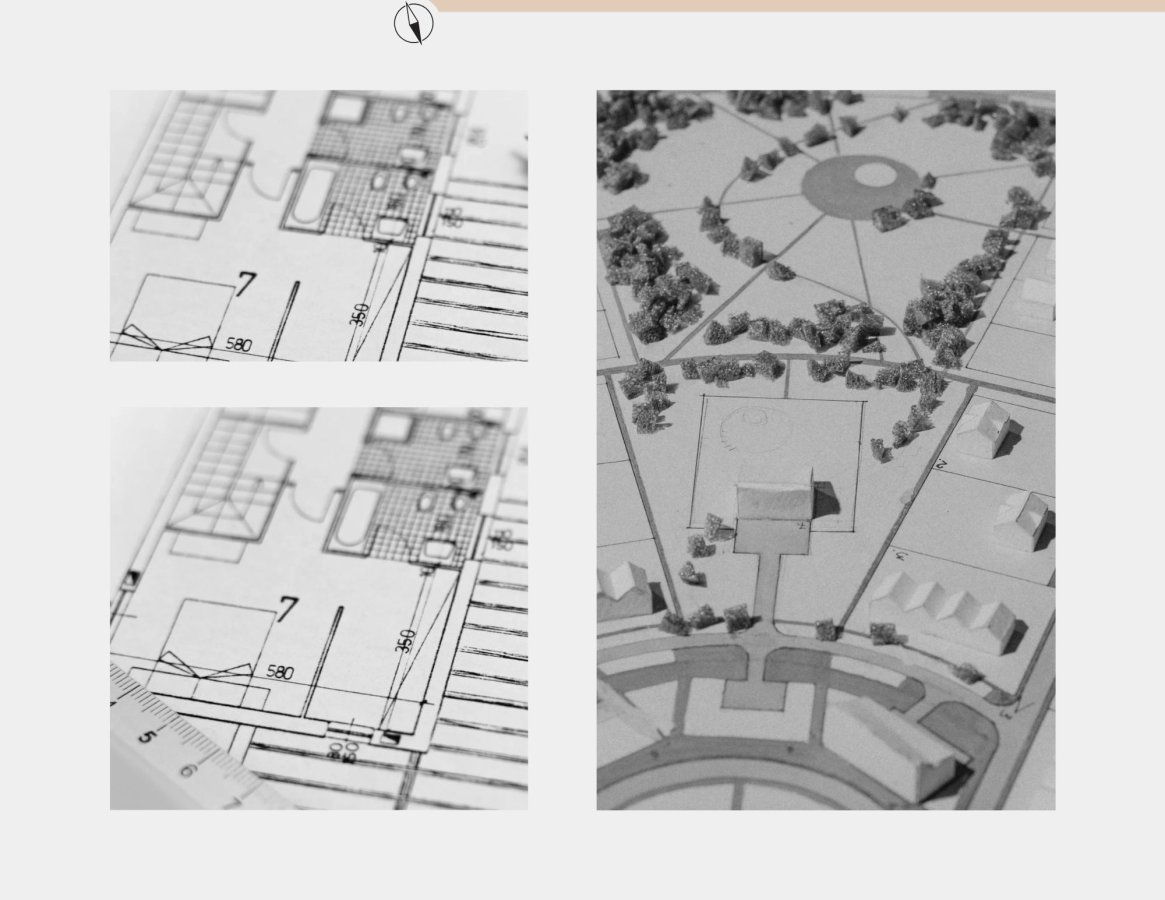Construction Industry: The Importance of Architectural Design and Planning
The construction sector is a fundamental industry that determines the identity of cities, shapes living spaces and contributes to the development of societies. Architectural design and planning, which is one of the cornerstones of this sector, not only ensures that buildings are aesthetically attractive, but also takes into account functionality, sustainability and user needs. The success of construction projects is largely based on a good design and a detailed planning process.
Architectural design and planning is the first step of a project and usually determines the quality of the final result. This process takes into account the functional and aesthetic characteristics of the structure, as well as elements such as environmental factors and sustainability. In the construction industry, each project is unique according to its location, scale and purpose. Therefore, the planning process begins with a thorough analysis to understand the needs and goals specific to the project.
Architectural Design: The Meeting of Art and Science
Architectural design is a process that Deconstructs living spaces by combining aesthetics, functionality and technical requirements. This process includes not only the external appearance of a structure, but also the internal space arrangements, the materials used and the harmony of the structure with the environment. Modern architectural design aims to meet user needs in the best way, while at the same time offering environmentally friendly and energy-efficient solutions.
One of the most important elements to be taken into account in the design process is the environment in which the structure is located. For example, an office building to be built in a city center may have a compact and multi-storey structure because it is located in a high-density area. On the contrary, the design of a holiday village requires an approach that emphasizes open spaces in harmony with nature. Architectural design, taking into account such differences, gives each project a unique identity.
Planning: The Basis of Success
Planning requires a strategic approach to the smooth completion of a construction project. This process includes both technical details and logistical elements. The planning stage in a construction project usually involves the following steps:
Needs Analysis: The goals of the project and the expectations of the users are determined.
Site Selection and Land Examination: The physical and environmental conditions of the construction site are evaluated.
Resource Management: Strategies are developed for the effective use of material, labor and financial resources.
Scheduling and Scheduling: A timeline is prepared for each stage of the project.
Risk Management: Possible risks are evaluated and preventive measures are taken.
Each detail made during the planning stage avoids the problems that may be encountered during the construction process and keeps the cost of the project under control. This stage also ensures that all legal requirements are met and environmental impacts are minimized.
Sustainability and the Use of Technology
Today, the construction sector has to act with environmental responsibility awareness. Sustainability in architectural design and planning processes is no longer a luxury, but a necessity. The integration of energy-efficient buildings, recyclable materials and renewable energy sources is widely used in modern projects.
In addition, digital technologies are transforming architectural design and planning processes. Tools such as BIM (Building Information Modeling), virtual reality (VR) and augmented reality (Dec) enable projects to be designed and managed more efficiently. These technologies make the design process more precise, while minimizing errors in the construction process.
The Contribution of Architectural Design and Planning to the Construction Sector
Architectural design and planning directly affect the overall success of the construction industry. A good design and detailed planning ensure that projects are completed on time and within budget. At the same time, it puts forward environmentally sensitive and aesthetically satisfactory structures that increase user satisfaction.
This process not only creates physical structures, but also creates a social value. A school building can offer an atmosphere that supports the learning experience. A housing project can provide a living space where people feel safe and comfortable. Therefore, architectural design and planning is a tool that improves the quality of life of individuals and shapes the future of cities.
Result
The construction sector is an area where not only structures are shaped by architectural design and planning processes, but also life itself. The balance established between aesthetics, functionality and sustainability is the basic element behind every successful project.Dec. A good design and planning process makes it possible to build time-defying structures that respond not only to the needs of today, but also of the future. Therefore, architectural design and planning are an indispensable part of the construction industry and should be carefully considered in every project.

